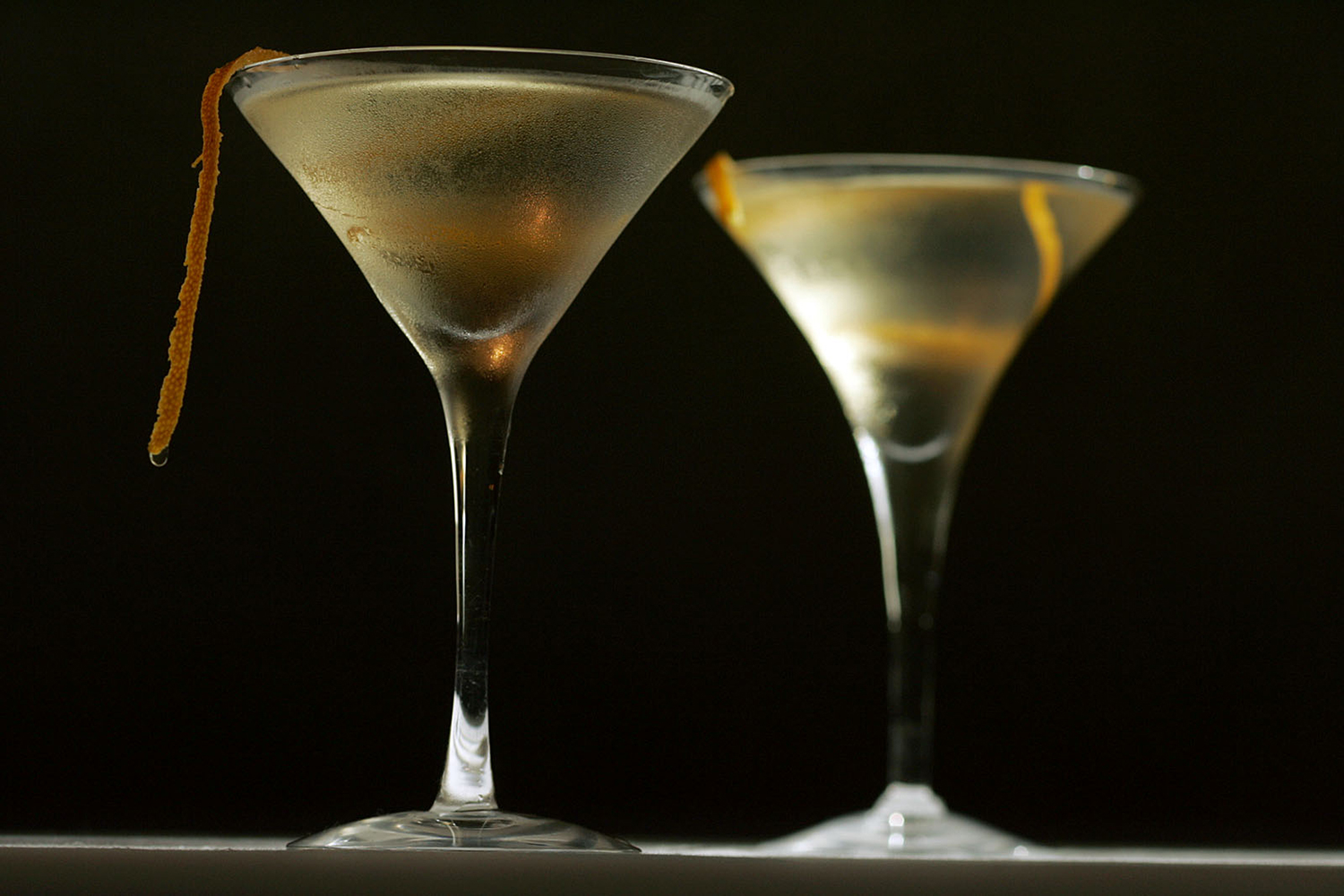
Daisy Dunn has narrated this article for you to listen to.
Intoxicating History is the perfect title for drinks expert Henry Jeffreys and food critic Tom Parker Bowles’s new podcast. Its theme is alcohol, but its contents are predominantly historical, which is good news if, like me, you are quick to apply the word ‘bore’ to any man who talks about wine for more than eight minutes.
The first episodes came out before Christmas but they have been gathering momentum since Dry January. Today’s drinking culture, which has spawned this bizarre annual group sacrifice, has an interesting pedigree. Europeans have apparently been on their guard against boozing Englishmen for nearly a millennium. The Portuguese were certainly left in no doubt as to our reputation when we aided them in their Reconquista. The tipsy Anglo-Normans in question were 12th-century Crusaders en route to the Holy Land.
We did not immediately take to Portugal’s own vintage. Fizzy and tannin-rich, it was also, says Jeffreys, just a little bit ‘piggy’, owing to the fact that it was transported in porcine skins. The later addition of brandy not only stabilised it but also rendered it more palatable. We heard the tragic tale of one John Mytton, who went up to Cambridge with 2,000 bottles of the stuff, left with none (and no degree), and died after drunkenly riding a bear.
Port is the one drink not enjoyed by James Bond, whose love of alcohol receives its own episode. Listening to Parker Bowles describe the ‘punchiness’ of Fleming’s Vesper cocktail reminded me of just how supernatural Bond used to be. The Vesper was made with Gordon’s gin and Smirnoff vodka at a time when the former was stronger than today.
Jeffreys and Parker Bowles are brilliant company, the former leading on the history, the latter chiming in with surprising literary and foodie references. Parker Bowles clearly has at his bedside copies of An Instance of the Fingerpost, a post-Restoration thriller by Iain Pears, some histories on Thomas Cromwell and the collective works of Dickens, with bookmarks in The Pickwick Papers. He is the quieter of the pair but thoughtful and funny.
Europeans have apparently been on their guard against boozing Englishmen for nearly a millennium
There is something of The Rest is History to the podcast, though there is less obedience to chronology, more darting around the monarchs and their tables. For all the forays into Portugal and France, it feels very British and homely. It is perhaps sobering to be reminded that alcohol has never been the sole threat to our indulgent rulers. King James I, it was said, died from eating a surfeit of lampreys.
Have you ever wondered what happened when, in the early ages of plumbing, the loos at court threatened to back up? According to one of the historians interviewed for the latest series of Moving Pictures on Radio 4, the residents simply left for another of their homes, allowing time for the refuse to drain away.
Moving Pictures is art history’s equivalent to In Our Time. Unabashedly intellectual, it examines a single painting, drawing or tapestry in each episode. The main difference is that scholars are interviewed individually so they don’t have the chance to argue with each other. The format may be less dynamic as a consequence, but the subject matter often lends itself to a calmer, more leisurely approach. You can close your eyes and try to picture the artwork described. Or if you want to learn how truly to see a picture, follow the website’s link, and look while you listen.
The works under discussion in this series are Rembrandt’s ‘A Woman Bathing in a Stream’ and Joseph Wright of Derby’s ‘An Experiment on a Bird in the Air Pump’ – both in the National Gallery – and ‘The War of Troy’ tapestry in the V&A. It’s an eclectic mix. The episode on Joseph Wright of Derby’s painting has the most wonderful tension to it. Will the bird survive? Does the painting show us? The episode on the tapestry features a great digression on bread-based cleaning as well as castle plumbing.
Most of all I appreciate the series for allowing us to do what so many galleries have stopped us from doing. I often used to pop into the National Gallery when I had ten minutes spare to seek out a particular picture. Popping in now seems like a thing of the past, with a convoluted entrance leading via security to a long circuit through the building and its giftshops. Moving Pictures may just offer the best alternative to a frustrated quest to spend some time with a single work of art.








Comments